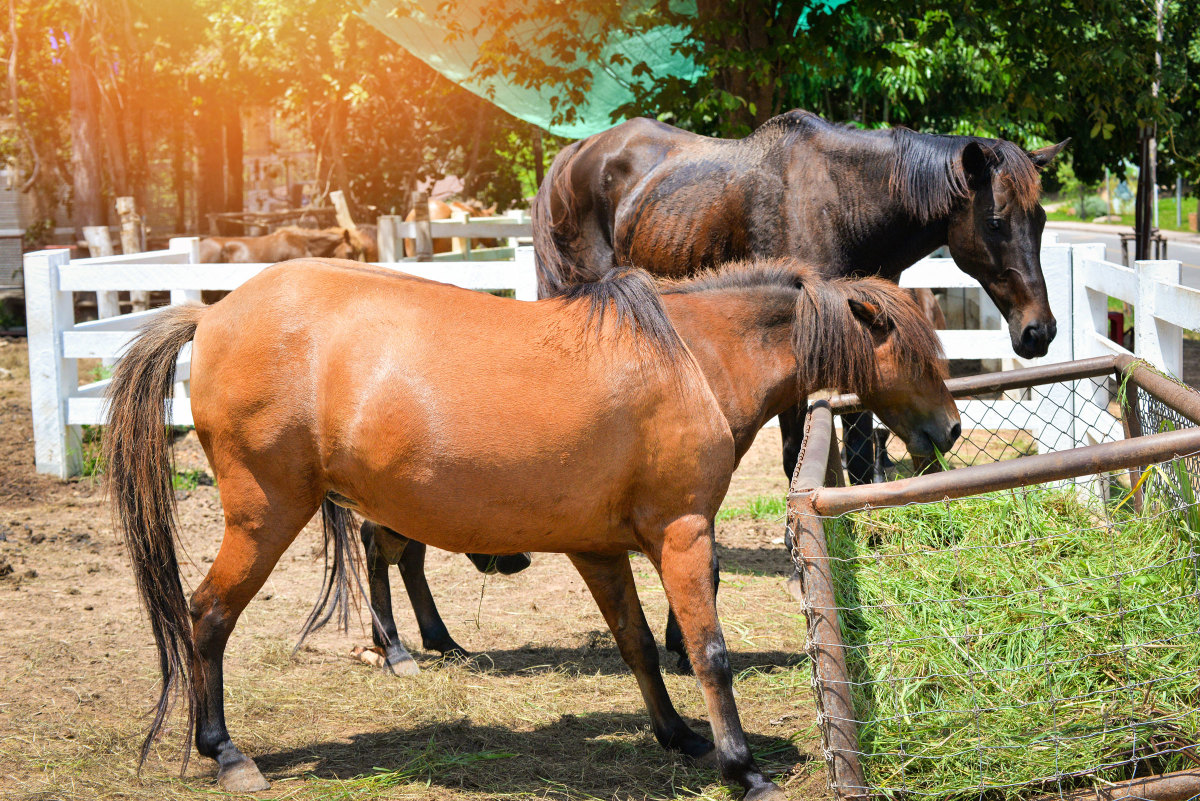
Laminitis is often linked to obesity-related endocrine disorders. A Brazilian study examined the use of the oral sugar test challenge to help diagnose equine metabolic syndrome and related insulin resistance in Crioulo horses, which have a high incidence of obesity. This metabolically efficient breed is well adapted to low energy provided by native pastures, but their recent popularity now subjects them to confinement and feeding of carbohydrate-rich diets, leading to obesity [Cantarelli, C. Evaluation of oral sugar test response for detection of equine metabolic syndrome in obese Crioulo horses. Domestic Animal Husbandry, Oct 21, 2017].
The dynamic oral sugar test (OST) was administered to 22 fasted Crioulo horses to test insulin responsiveness. Six non-obese individuals served as controls, with body condition scores (BCS) ≤7. Eight obese horses in the study had BCS ≥7 but no clinical or radiographic signs of laminitis, and eight had radiographic and/or clinical signs of laminitis (Obel Grade 2 or less) in addition to BCS ≥7. The laminitic horses demonstrated regional adiposity, bilateral lameness and divergent growth rings in the hooves. All the study horses were younger than 15 years of age and none were afflicted with pituitary pars intermedia dysfunction (PPID).
Blood samples were taken prior to corn syrup administration. Glucose was evaluated from blood samples taken at 30, 60, 75, 90, 120, 150, 180, 210 and 240 minutes following sugar administration. Insulin was evaluated at 75, 120, 150 and 180 minutes. Triglycerides levels were also measured.
At rest, all horses had normal glucose and insulin concentrations in the blood although the obese, laminitic group had higher basal insulin concentrations. Triglycerides were higher in the obese horses but, according to the study, this did not correlate with insulin dysregulation.
The most telling finding of this study has to do with the time when insulin is measured following corn syrup administration. Normally, 75 minutes is considered a useful time point to estimate if insulin concentration exceeds 60 μgIU/mL, which corroborates a diagnosis of insulin resistance. But this study identified that “insulin measurement performed at other time points in those animals where peak glucose occurred later, showed significantly higher insulin values compared to the 75-minute sample, proving that peak insulin occurred in response to higher glucose levels.” The control group returned to normal glucose levels by 75 minutes, but both obese groups did not return to normal glucose concentrations until 120-150 minutes.
The study pointed to the fact that it might be necessary to develop breed-specific reference ranges in addition to evaluation of insulin (and glucose) concentrations at time points beyond 75 minutes following carbohydrate administration. Knowing this can help achieve a positive diagnosis and aid in management strategies to reduce obesity and improve a horse’s metabolic function.








